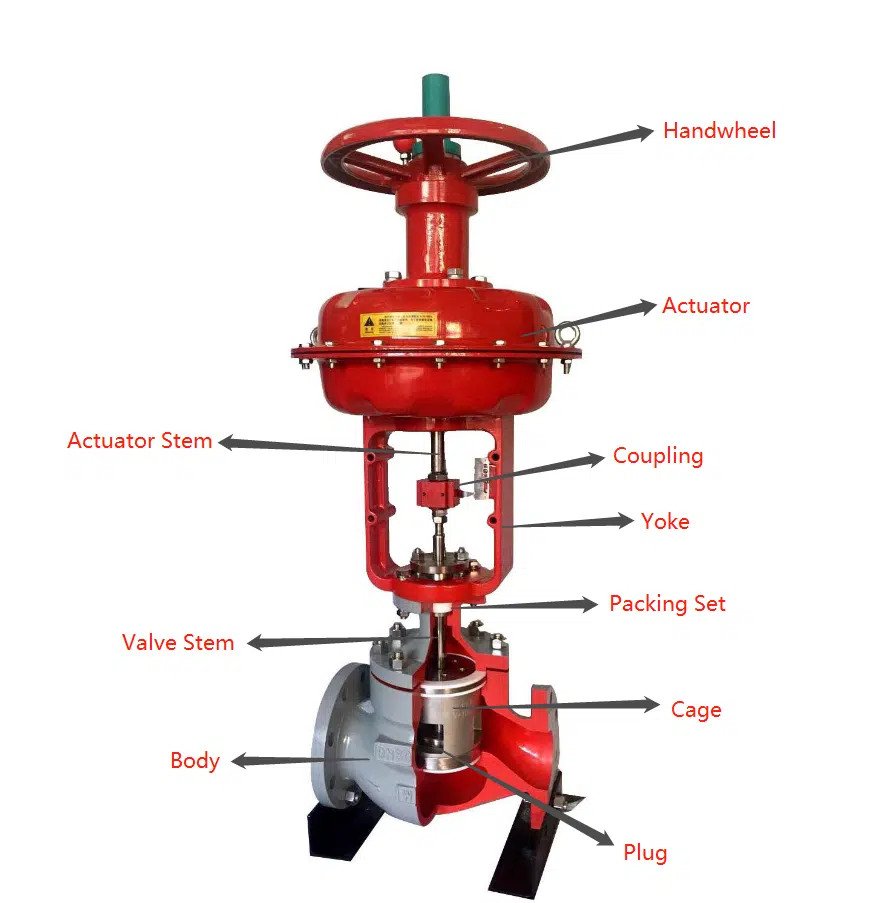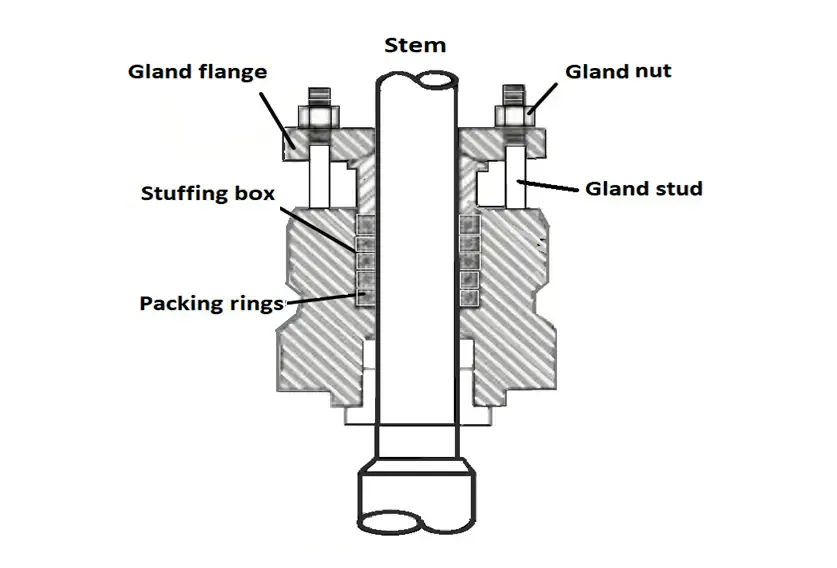
Control valves are critical components in industrial processes, regulating the flow of fluids such as gases, liquids, and slurries. These valves are broadly categorized into two types: sliding stem valves and rotary valves. Sliding stem valves feature a rod that moves up and down to open or close the valve, while rotary valves use a rotating shaft connected to a ball, disc, or plug to control flow. In both designs, the valve stem must exit the valve body to allow movement while maintaining a tight seal to prevent leaks. This is where valve stem packing comes into play.
Packing is a sealing material that surrounds the valve stem, ensuring that the process fluid remains contained within the valve while allowing the stem to move freely. Over time, packing can wear out, leading to leaks or increased friction, which can affect valve performance. Replacing the packing is a crucial maintenance task that ensures the valve operates efficiently and safely. This article provides a detailed guide on the replacement procedure for control valve stem packing, including material selection, removal techniques, and installation steps.
Packing is a critical component of control valves, serving as a seal between the valve stem and the valve body. It prevents process fluids from escaping while allowing the stem to move with minimal friction. Packing materials are chosen based on their ability to withstand the operating conditions of the valve, including temperature, pressure, and the type of fluid being handled. Common packing materials include graphite, PTFE (polytetrafluoroethylene), and aramid fibers, each offering unique properties suited to specific applications.

Replacing valve stem packing is a routine maintenance task that should ideally be performed every 2 to 3 years, even if no visible issues such as leaks are present. Regular replacement helps reduce valve operating torque, prevent stem wear, and maintain optimal performance. Below is a step-by-step guide to replacing valve stem packing:
The first step in the replacement process is to ensure that the correct packing material is selected. The chosen packing must be compatible with the maximum working pressure and temperature of the process, as well as the type of fluid being handled. Factors to consider include:
The packing material must withstand the operating conditions without degrading.
Sliding stem and rotary valves may require different packing designs.
For applications involving hazardous chemicals or natural gas, low-emission packing may be necessary.
The packing must be chemically compatible with the process fluid to avoid corrosion or degradation.
Proper tools are essential for removing and installing packing without damaging the valve stem or packing chamber. Specialized tools such as gland packing extractors can simplify the removal process, especially for old or hardened packing. These tools are designed to grip and extract packing smoothly, minimizing the risk of scratching the stem or chamber.
Removing old packing can be challenging, particularly if it has hardened or degraded over time. Follow these steps:
Use a gland packing extractor or a stiff wire to carefully remove the old packing.
If the packing has deteriorated and comes out in fibers, take extra care to ensure all remnants are removed.
Clean the valve stem and packing chamber thoroughly to remove any debris or residue that could affect the new packing’s performance.
Accurate measurement and cutting of the new packing are crucial for a proper seal. Here’s how to do it:
Measure the inner diameter of the bonnet and the outer diameter of the stem.
Calculate the packing thickness by dividing the difference between these two measurements by two.
Determine the number of packing rings required by dividing the depth of the packing chamber by the packing thickness.
Cut the packing material at a 30- to 40-degree angle using a sharp cutting tool. Ensure each piece is sized correctly so that the ends meet neatly when installed.
Once the new packing is prepared, follow these steps for installation:
Insert the packing rings into the packing chamber one at a time, ensuring each ring is seated properly.
Use a packing tool to compress the rings gently, avoiding over-tightening, which can increase stem friction.
Reassemble the valve, ensuring all components are aligned correctly.
Selecting the right packing material is critical to ensuring optimal valve performance and longevity. Here are some key factors to consider:
Evaluate the pressure, temperature, and chemical composition of the process fluid to determine the most suitable packing material.
Different valve designs may require specific packing configurations. Consult the valve manufacturer’s guidelines for compatibility.
For applications involving hazardous or volatile fluids, low-emission packing may be necessary to meet environmental regulations.
Choose packing materials that minimize stem friction while providing a reliable seal.
Replacing control valve stem packing is a vital maintenance task that ensures the efficient and safe operation of industrial valves. By following the proper procedure—selecting the right packing material, using the correct tools, and carefully installing the new packing—operators can extend the life of their valves and prevent costly downtime. While the process may seem straightforward, attention to detail is essential to avoid damage to the valve stem or packing chamber.
Regular maintenance, including packing replacement every 2 to 3 years, not only reduces operating torque and stem wear but also helps maintain compliance with environmental and safety standards. By understanding the importance of packing and adhering to best practices for its replacement, industries can ensure the reliability and longevity of their control valve systems.
Control valves play a pivotal role in industrial processes, and their performance hinges on the integrity of components like stem packing. Whether dealing with sliding stem or rotary valves, the principles of packing replacement remain the same: proper material selection, careful removal, and precise installation. By prioritizing regular maintenance and investing in high-quality packing materials, operators can safeguard their equipment, optimize performance, and contribute to a safer, more efficient industrial environment.